Beards are now more than just facial hair—they’re declarations of style, individuality, and identity. Men have styled their beards in a variety of ways throughout history, reflecting their distinct upbringings, worldviews, and goals. We take a tour through the diverse range of men’s beard styles in this in-depth guide, delving into THE 23 BEST BEARD STYLES’ unique designs and learning about their intriguing cultural and historical backgrounds.
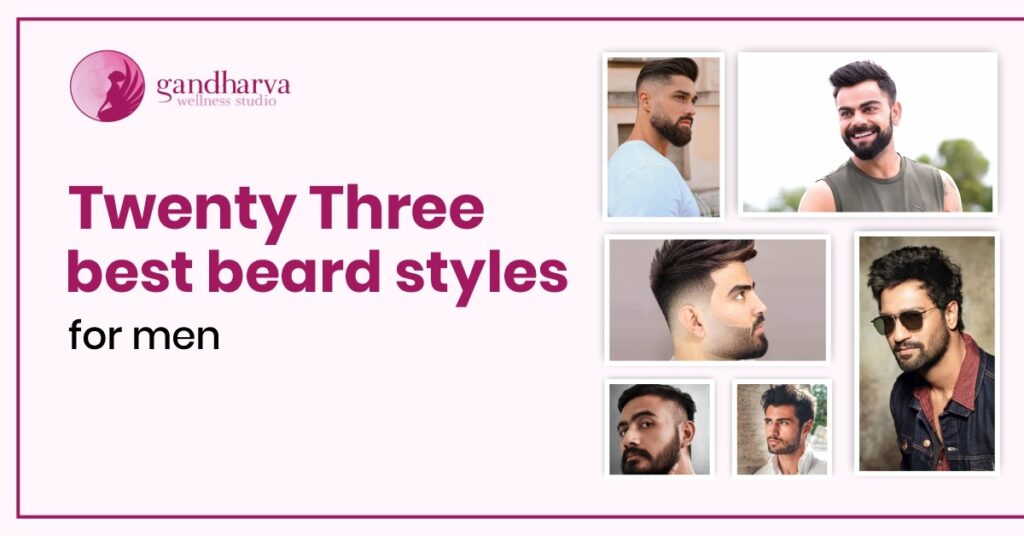
1- The Complete Beard:

Amoing THE 23 BEST BEARD STYLES, The full beard, the pinnacle of masculinity, has long been associated with strength and intelligence. The full beard radiates strength and authority and reflects a connection to nature and tradition, as seen in the beards of ancient Greek philosophers and Mesopotamian civilizations.
2: The Short Beard:

During the Victorian era, the short beard gained popularity as a trim and tidy version of the full beard, signifying sophistication and refinement. Gentlemen of leisure and academics alike embraced the short beard because it provided a contrast between toughness and elegance, reflecting the shifting ideas of what it meant to be a man in the 19th century.
3. The Long Beard:
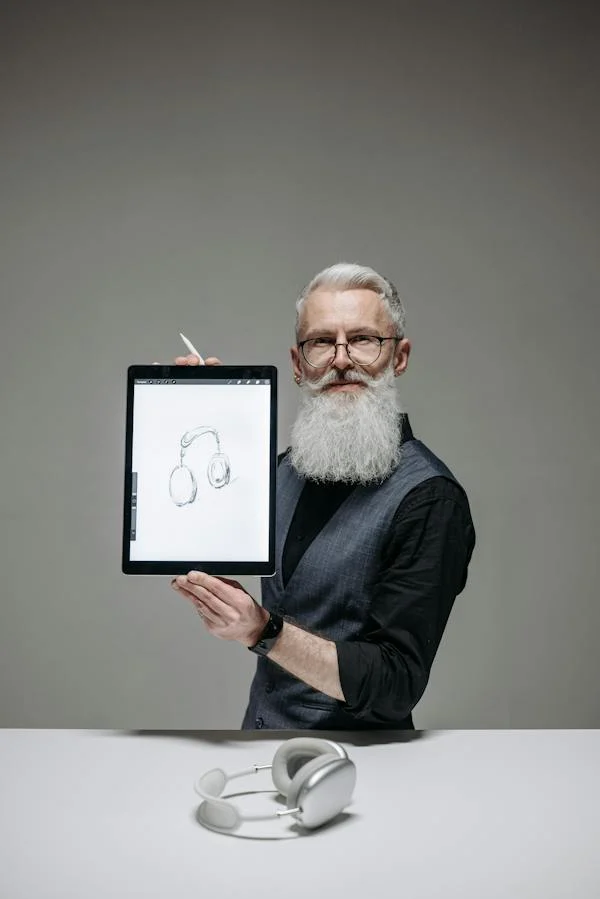
Throughout history, people have respected the long beard for its spiritual significance and majestic appearance. The long beard, a symbol of endurance and resilience, represents wisdom, piety, and inner strength. It originated with the flowing beards of Norse warriors and was highly esteemed by mediaeval monks. Its is best amongTHE 23 BEST BEARD STYLES
4- Stubble:

Originally a sign of nonconformity and rebellion in the middle of the 20th century, stubble has come to represent effortless cool and rugged masculinity. Popularized by Steve McQueen and other Hollywood icons, stubble defied social norms by representing a carefree and rebellious attitude towards grooming.
5: The goatee:
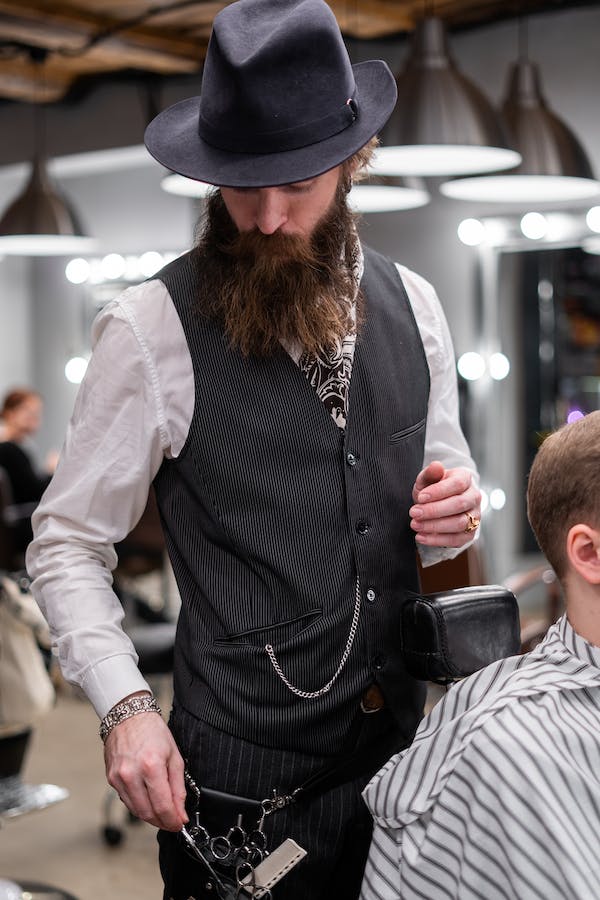
This beard originates in classical Greece and Rome, and this beard style has endured as classic and adaptable. Given its name from the tuft of hair on a goat’s chin, the goatee has come to represent uniqueness and inventiveness in intellectuals and artists, signifying a willingness to question conventional wisdom and value self-expression.
6: The Van Dyke:

This beard is distinguished by a pointed moustache and a distinct chin beard, and it is named after the 17th-century Flemish painter Anthony van Dyck. The Van Dyke, which dates back to the Renaissance, embodied artistic flair and sophistication and represented the standards of beauty and refinement in European art and culture.
7: The chin strap:

This beard defines and neatly follows the jawline, drawing inspiration from the facial hairstyles of ancient Egypt. The chin strap beard, which was common among athletes and soldiers in ancient cultures, conveys strength and discipline as well as a dedication to legacy and customs.
8: The soul patch:

It is a little hair patch that is situated just below the lower lip. It originated in the jazz clubs of the early 20th century. The soul patch, which was once associated with originality and creativity, came to represent artistic expression and nonconformity as well as a spirit of rebellion and self-discovery.
9: The Circle Beard:
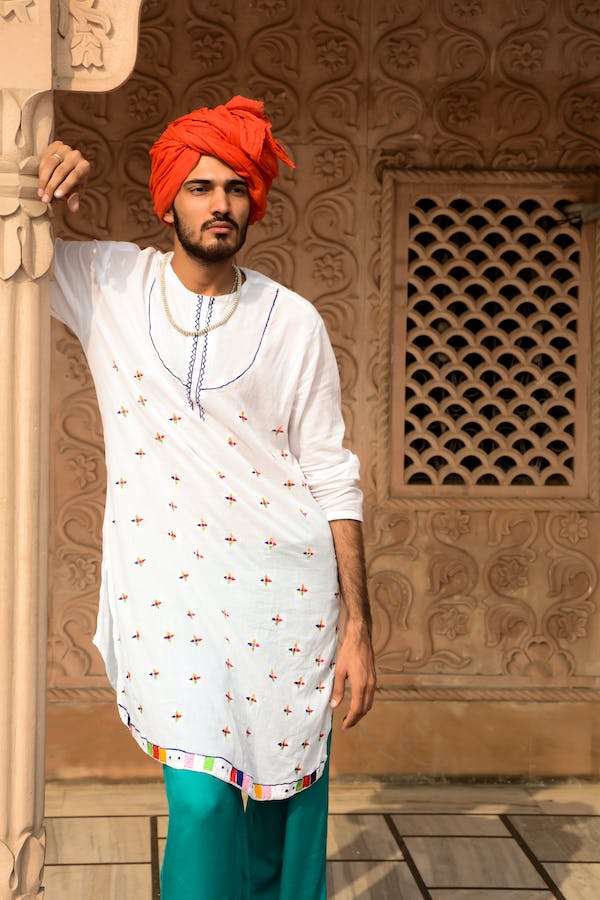
This style of beard encircles the mouth in a circle, combining aspects of the goatee and moustache. The circle beard, which has its roots in ancient Mesopotamia, has developed into a sophisticated and adaptable beard style that is popular among professionals and gentlemen who want to look traditional but current.
10: The Anchor Beard:

Drawing inspiration from nautical themes, this beard style consists of a pointed beard that reaches down the jawline and joins a trimmed moustache. The anchor beard, which has historically been embraced by sailors and explorers, is a symbol of strength and stability that also conveys a spirit of adventure and maritime heritage.
11- The Garibaldi beard:

It is named for the Italian general Giuseppe Garibaldi, who lived in the 19th century. It is distinguished by its full, rounded shape and organic appearance. The Garibaldi beard, a representation of tough masculinity and individualism, radiates charisma and confidence while capturing the essence of freedom and adventure.
12: The Corporate Beard:

A well-groomed, well-trimmed beard that enhances a professional appearance, the corporate beard combines style and professionalism. A common feature in executives and businessmen, the corporate beard embodies power and success in the business world by striking a mix between sophistication and masculinity.
13- The Balbo beard:

So named in honour of Italian aviator Italo Balbo, consists of a moustache attached to a separate chin beard. The Balbo beard, which dates back to the early 20th century, is a popular choice among contemporary gentlemen who want to appear sophisticated and confident.
14: The Dutch Beard:
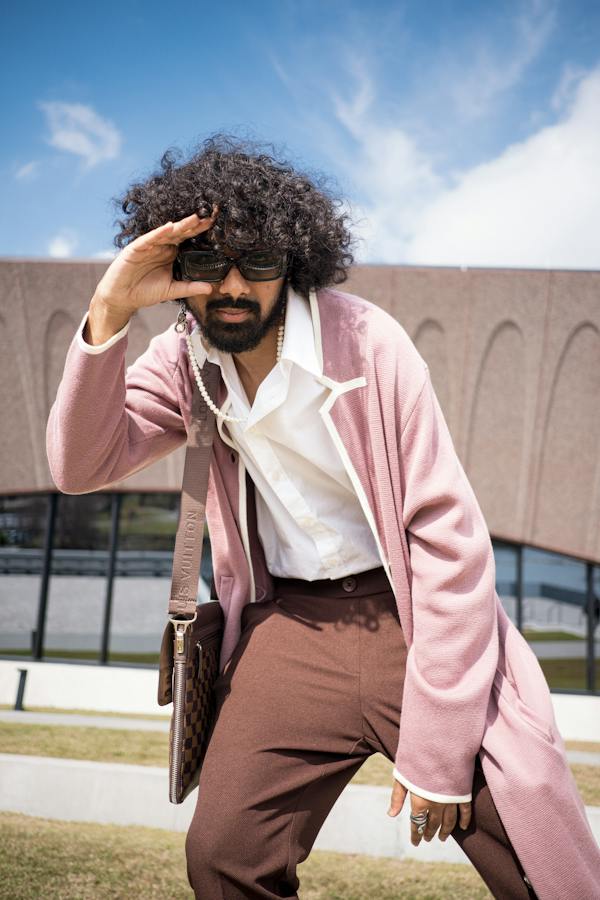
This facial hairstyle, which combines a well-groomed moustache and a full beard, is modelled after traditional Dutch facial hairstyles. The Dutch beard, made popular by artists and merchants from the Netherlands during the Golden Age, symbolises the spirit of exploration and invention and reflects a sense of refinement and cultural heritage.
15: The Hollywoodian:
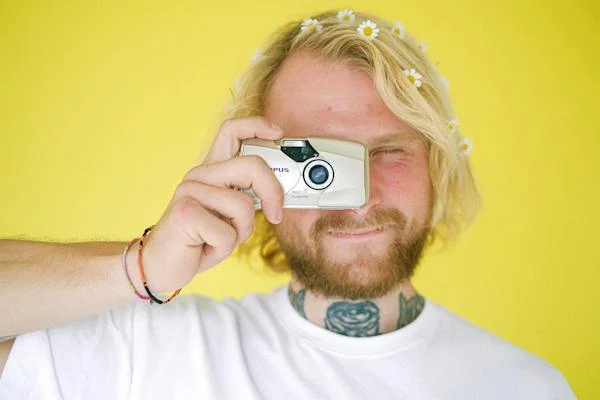
A combination of the traditional beard and moustache, the Hollywoodian beard has a full beard and a disconnected, cropped moustache. The Hollywoodian beard, made popular by Hollywood actors in the middle of the 20th century, reflects the glitz and grace of the silver screen by radiating an air of sophistication and old-world charm.
16: The Mutton Chops:

These sideburns, which have their origins in the Victorian era, are thick and long and fall down the cheeks. Mutton chops, a dish associated with historical personalities like President Abraham Lincoln, conjure images of strength and leadership as well as a sense of authority and statesmanship.
17: The Horseshoe Moustache:
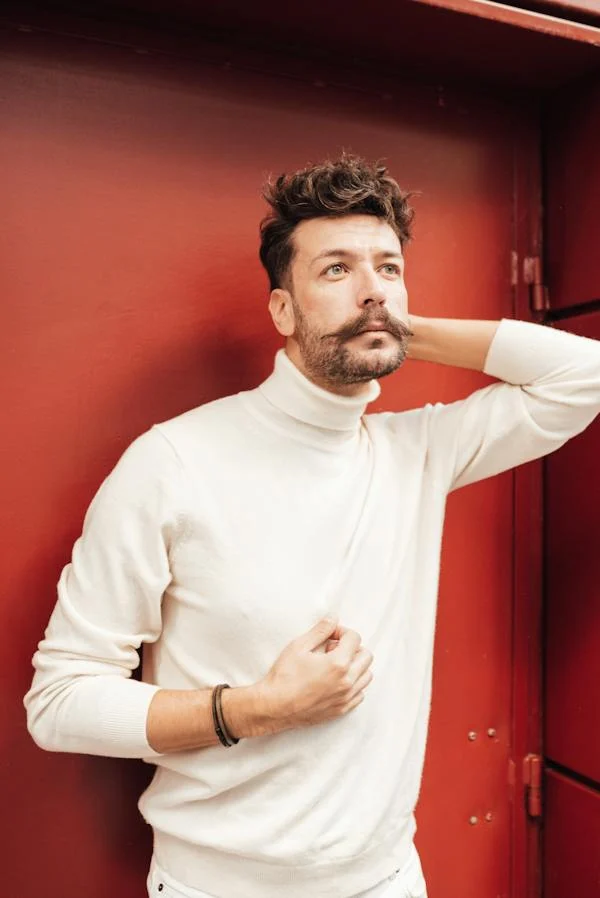
The horseshoe moustache is shaped like a horseshoe and is characterised by a thick, straight hair strip that runs from the upper lip to the chin. The horseshoe moustache, made popular by professional wrestlers and motorcycle enthusiasts, has a rebellious and rough look that reflects a spirit of freedom and adventure.
18: The Chevron:

A prominent representation of the counterculture of the 1970s, the chevron moustache is characterised by a thick, straight hair strip covering the upper lip. Connected to legendary personalities such as Tom Selleck, the chevron moustache radiates charm and self-assurance, personifying the essence of uniqueness and self-articulation.This is a great choice in THE 23 BEST BEARD STYLES
19: The pencil moustache:
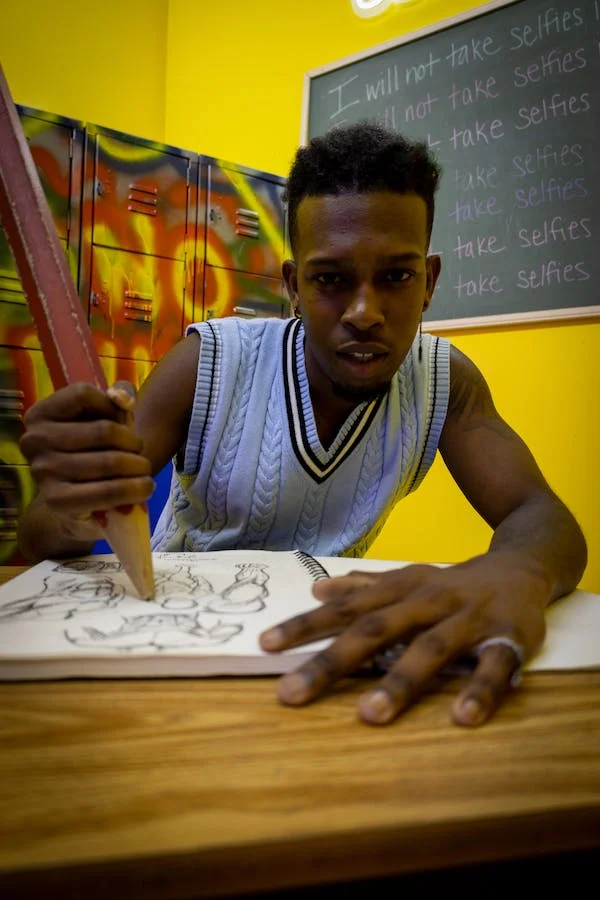
It is a sophisticated and refined facial hairstyle that is distinguished by a thin, narrow strip of hair above the upper lip. The pencil moustache, made popular by movie stars like Clark Gable, lends an air of sophistication and old-world charm to any ensemble.
20. The handlebar moustache:

This is so called because it resembles a bicycle’s handlebars and is characterised by long, curled ends that hang over the lips’ edges. The handlebar moustache, a representation of Victorian-era masculinity, is elegant and sophisticated, echoing the sophistication and refinement of a bygone era.
21. The Toothbrush Moustache:
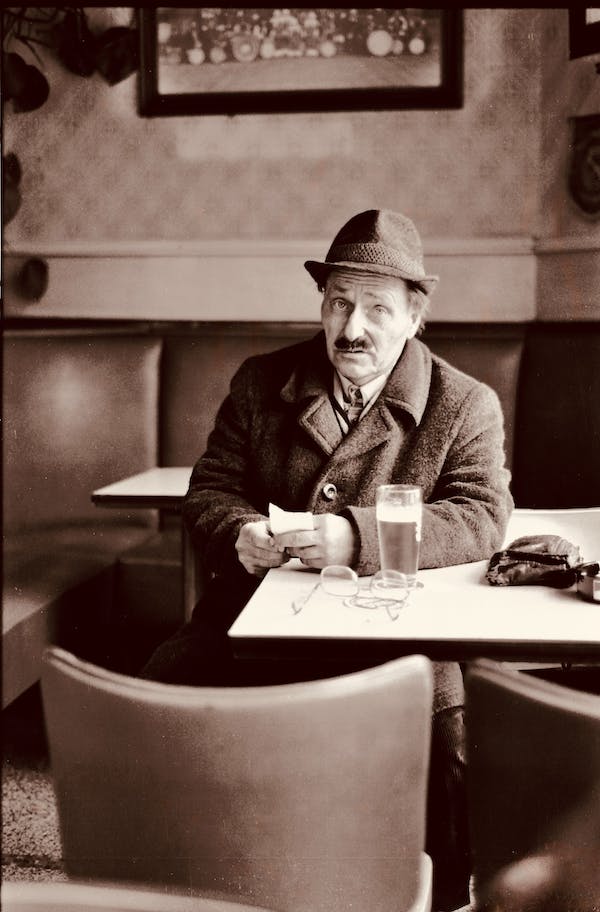
In THE 23 BEST BEARD STYLES, this beard Known for its thin, rectangular hair strip above the upper lip, the toothbrush moustache was made popular by silent film star Charlie Chaplin. The toothbrush moustache lost popularity despite its connection to Chaplin because of its association with Adolf Hitler, illustrating the cultural and fashion effects of historical events.
22. The Fu Manchu:
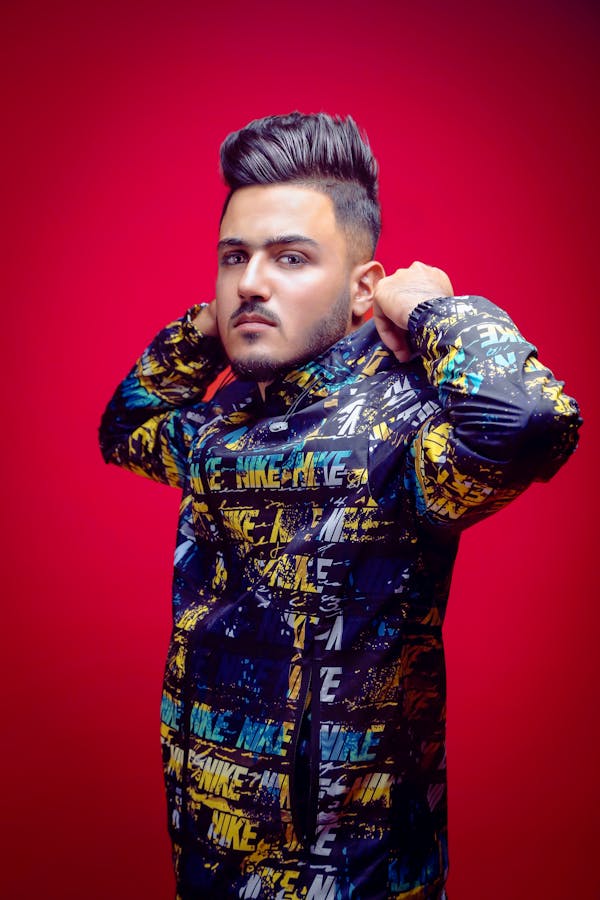
It is a type of moustache that is modelled after traditional Chinese facial hairstyles. It consists of long, thin hair strips that run down the sides of the mouth. The Fu Manchu moustache, made popular by fictional characters like Fu Manchu, reflects the fascination with exotic cultures and traditions by emanating a sense of mystery and intrigue.
23. The English moustache:

It is a symbol of Victorian elegance and is made up of long, thin hairs that are curled upward at the ends. The English moustache is a symbol of elegance and refinement that embodies the spirit of aristocratic tradition and refinement. It reflects the ideals of gentlemanly conduct and social grace.
In conclusion, the various strands of human expression and identity can be fascinatingly observed through the lens of men’s beard styles. Every beard style, from the refined elegance of the Van Dyke to the rugged charm of the full beard, has a distinct history and cultural significance that reflect how masculinity and style are constantly changing. These classic beard styles endure despite fads, inspiring and captivating people as everlasting representations of uniqueness, fortitude, and character in a world that is changing quickly.
